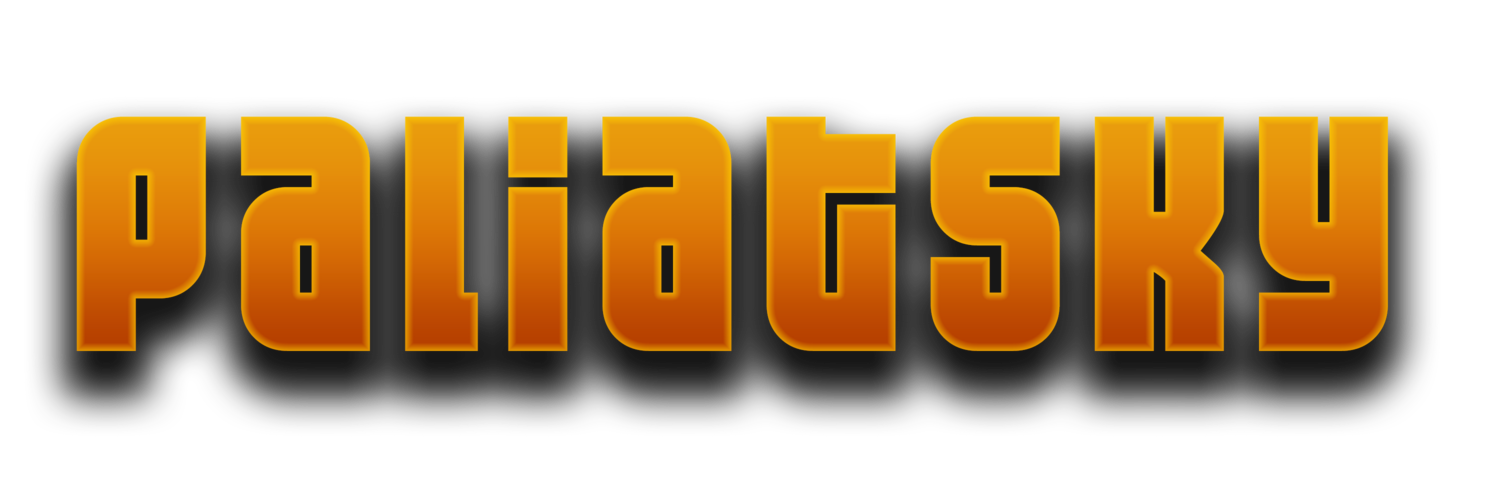This song is simple on the surface, but it requires a lot of energy to keep the strumming going the whole song and there is a second guitar part that is hard to replicate. The chords are simple, but pay attention to the strumming and the DS on measure 14 that takes you back to measure 3.
The Solo is below the lead sheet. It’s in F# Minor Pentatonic scale position 1 and 2.
During the Verse and Chorus, there is second guitar that plays harmonics and high pitch chords. From my research, it is played with a Nashville Tuning which consist of changing the lower 4 strings of the guitar to a lighter gauge, in order to tune those strings one octave higher. I am not sure about that, as I don’t have a guitar to try this with, but if someone knows more about it, please give me a shout at patrice@paliatsky.com.
Fleetwood Mac - Second Hand News Lead Sheet
Fleetwood Mac - Second Hand News Solo
We hope you enjoyed this lesson. If you have any questions or comments you can contact us at patrice@paliatsky.com

























